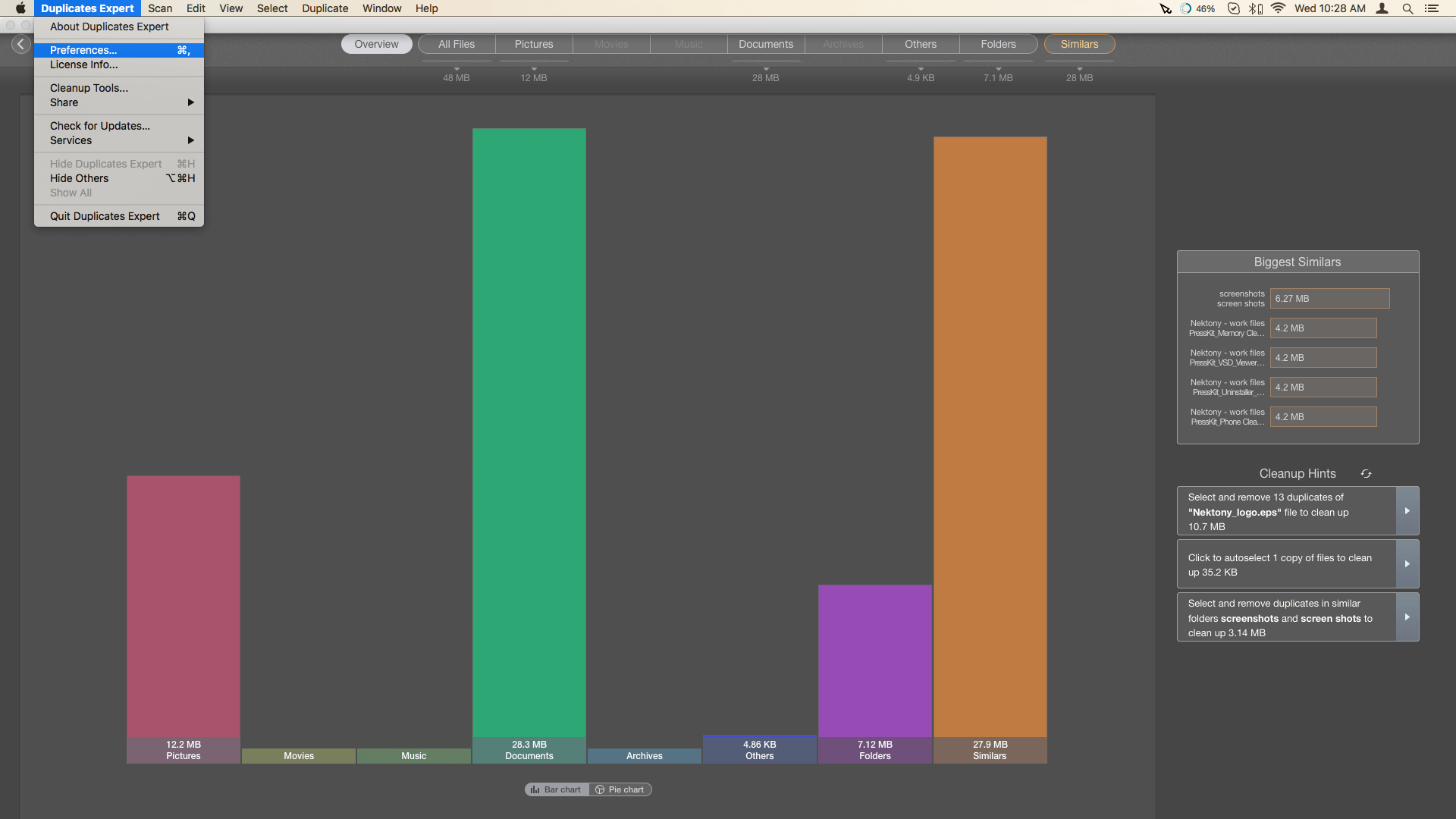


One prevalent domain in E3 ligases is the Zinc Finger known as REALLY INTERESTING NEW GENE (RING) that is required for catalysis. Nearly 1400 E3 ligase genes are annotated in the plant Arabidopsis thaliana genome and about 600 in the human genome. Hence, a large family of E3 ligases facilitates Ub transfer by recruiting an E2 conjugase charged with an activated Ub and suitable-selected target proteins Į3 ligase genes in plants greatly outnumber other eukaryotes. In general, a cascade involving three types of enzymes (E1, ubiquitin activating E2, ubiquitin conjugating and E3, ubiquitin ligase) directs the covalent attachment of the Ub to thousands of possible target proteins in the cell. Ub is a component of the ubiquitin proteasome system (UPS) which is a key path for the control of protein levels in the cell. Ubiquitin (Ub), a 76-residues protein, is one example of a tag modifier almost invariant in all eukaryotes and was first described over 30 years ago.

One such modifications is the covalent tagging with polypeptides having ubiquitin fold, characterized by a β-grasp fold with a flexible C-terminal tail. Plant proteins frequently undergo modifications that modulate and modify their function. Our analysis describes key structural features of a novel family of E3 ubiquitin ligases as an integral component of the set of core eukaryotic genes. Conversely, as previously described in ATL and BTL families in plants, CTL genes range from a single copy in green algae and 3 to 5 copies in basal species to 9 to 35 copies in angiosperms. Basal animal and vertebrate, as well as fungi species, encode a single CTL gene that constraints the number of paralogs observed in vertebrates. E3 ubiquitin ligase BIG BROTHER is a plant CTL that regulates organ size, and SUMO-targeted ubiquitin E3 ligase RNF111/ARKADIA is a vertebrate CTL. This family, named CTL, encodes a motif designed as YEELL that expands 21 amino acids next to the RING-H2 domain that is present across most eukaryotic lineages. Here we describe a new family of E3 ligases that encodes a RING-H2 domain related in sequence to the ATL and BTL RING-H2 domains. RING ubiquitin E3 ligases enclose a RING domain for ubiquitin ligase activity and associated domains and/or conserved motifs outside the RING domain that collectively facilitate their classification and usually reveal some of key information related to mechanism of action.


 0 kommentar(er)
0 kommentar(er)
